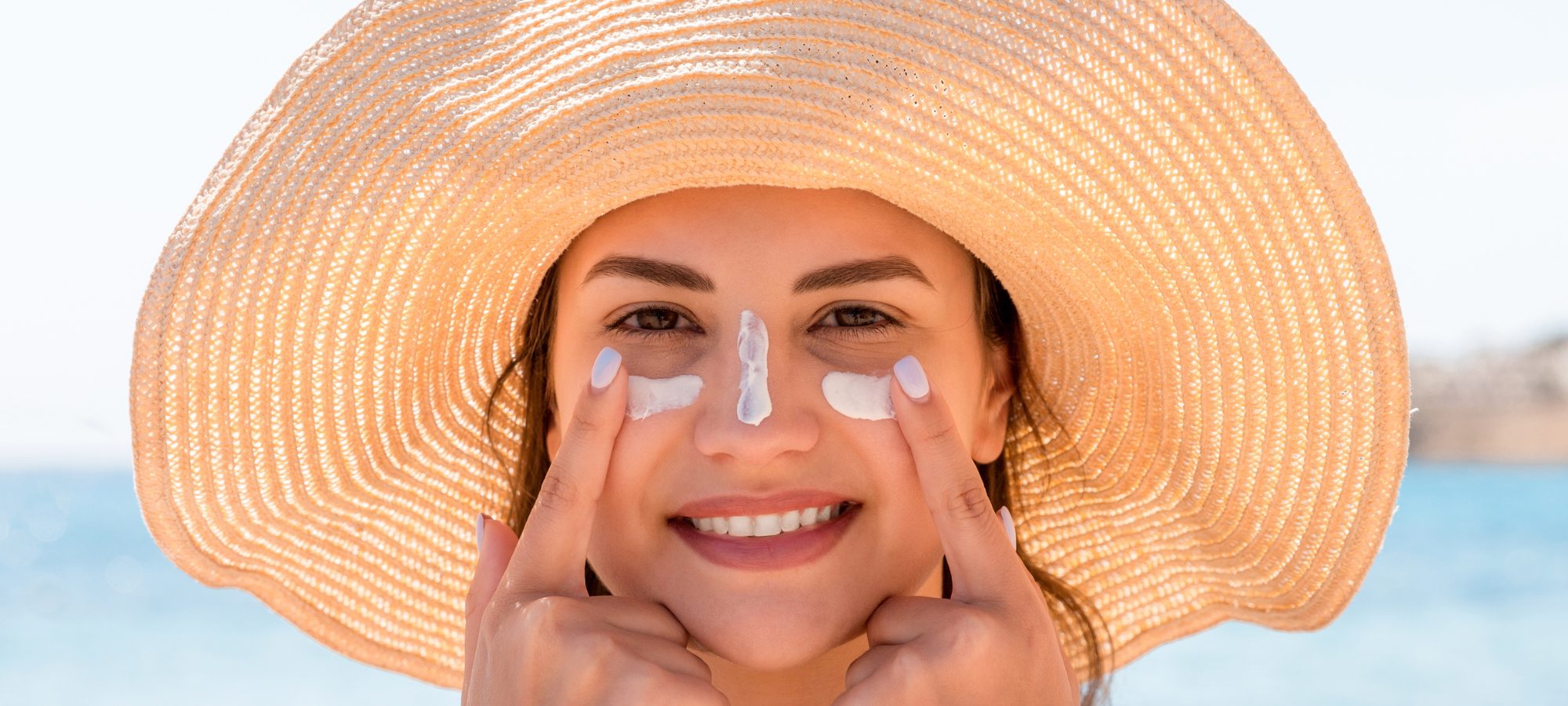Picture this: it’s a glorious blue-sky day and you’re chomping at the bit to get outside and onto the beach or stretch your legs on a new bush track. You’ve got your gear – hat, water bottle and sunscreen. But how much DO you need to apply to be fully protected – do you slather or use sparingly?
We asked the authority on all things sunscreen, Cancer Council Australia, how much is enough?
“You need at least one teaspoon (5ml) for each arm and leg, front and back of torso and face (including neck and ears). This is a total of seven teaspoons (at least 35ml of sunscreen) for an adult’s full body application. It’s also vital to reapply after swimming or sweating every two hours regardless of what the label on the sunscreen container says.”
How sunscreen works
Ultraviolet (UV) radiation, the number one cause of skin cancer, is invisible energy from the sun. Sunscreen works by scattering and/or absorbing (UV) radiation, which stops it reaching the skin. In turn, this prevents DNA damage, the cause of skin cancer.
Sunscreen and vitamin D
The sun is the main natural source of vitamin D, which is essential for bone and musculoskeletal health.
According to Cancer Council Australlia, “most people in Australia have sufficient levels of vitamin D if measured objectively”.
Groups at risk of vitamin D deficiency include:
- Previous skin cancer sufferers or those at high risk of skin cancer
- People who wear covering/concealing clothing
- Naturally very dark-skinned people
- People who spend long hours indoors, including housebound or institutionalised Australians
- Older adults
- Obese people
- Babies and infants of vitamin D deficient mothers.
“Sunscreen use should not put people at risk of vitamin D deficiency. When sunscreen is tested in laboratory conditions it is shown to limit the effectiveness of vitamin D production, however, population studies have shown that regular use of sunscreen has little effect on vitamin D levels. Given the harmful effects of overexposure to UV radiation, extended and deliberate sun exposure without any form of sun protection when the UV Index is 3 or above is not recommended, even for those diagnosed with vitamin D deficiency. If you are concerned about vitamin D deficiency, speak to your doctor who may consider supplementation.”
Which SPF rating is best?
A sunscreen’s SPF rating refers to the amount of UV that can reach the skin if the sunscreen is applied as per the directions. SPF30, for example, filters 96.7% of UV radiation while SPF50 filters 98% of UV radiation. Clearly, the difference between the two is marginal (1.3%).
Top sunscreen tips
- Ensure your skin is dry and clean before application
- Rub the sunscreen into your skin thoroughly
- Don’t neglect the hard-to-reach areas, ask someone to help with application
- Target the tricky spots too – your scalp, the top of your ears and under your hat brim
- Apply sunscreen 20 minutes before heading outdoors
- Reapply 20-30 minutes after you’ve been in the sun, for maximum protection
- Reapply every 2 hours and after swimming, sweating or towel drying
- Effective for up to 40 minutes of swimming, water resistant sunscreens should be reapplied after this time frame
- If you’re sunscreen is out of date it isn’t as effective
- Store your sunscreen below 30˚C and not in direct sunlight (keeping it in your car gloveboxes will also reduce its effectiveness).
But the best thing you can do to love the skin you’re in and avoid skin damage, according to Cancer Council Australia, is to stay out of the sun altogether between 10am and 4pm in summer, and if you can’t, then abide by the 5: Slip on a shirt, Slop on sunscreen, Slap on a hat, Seek shade and Slide on sunglasses.








